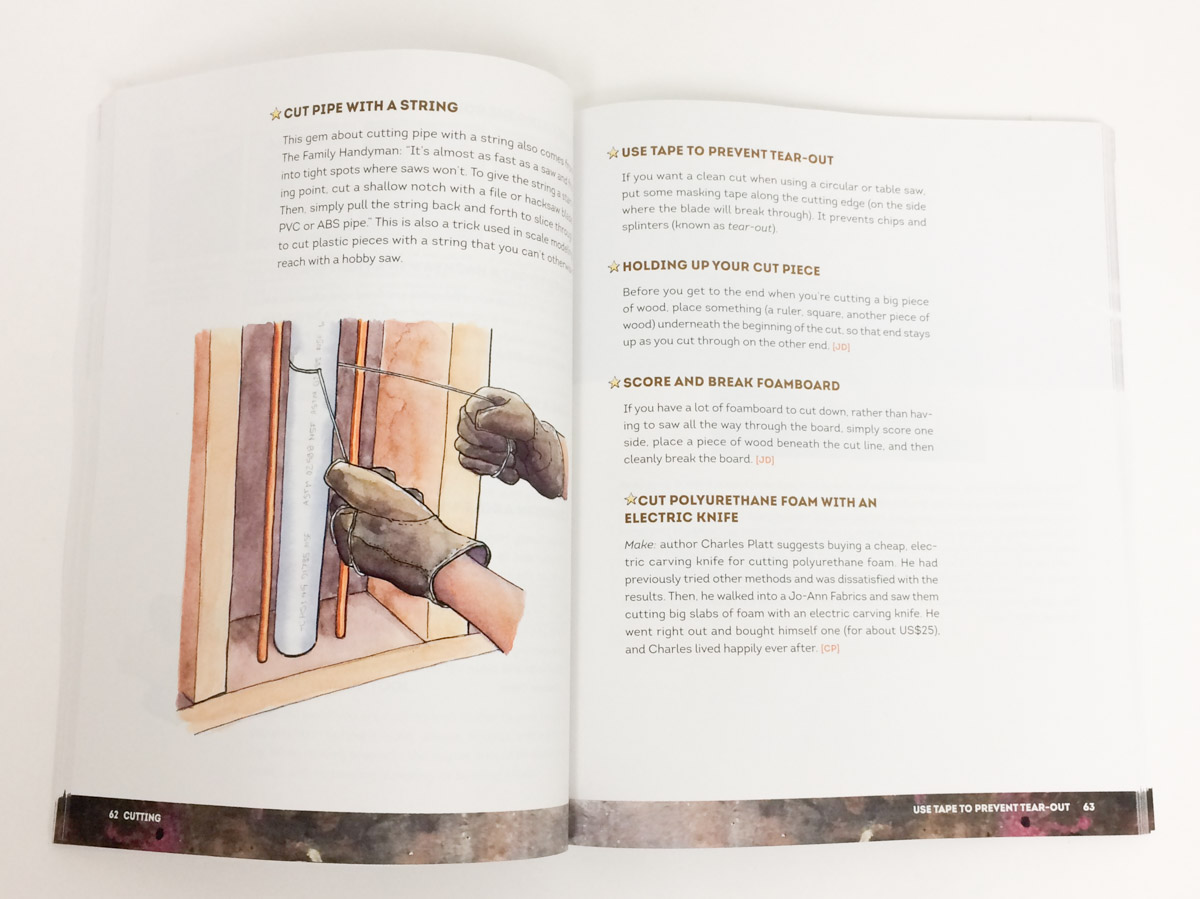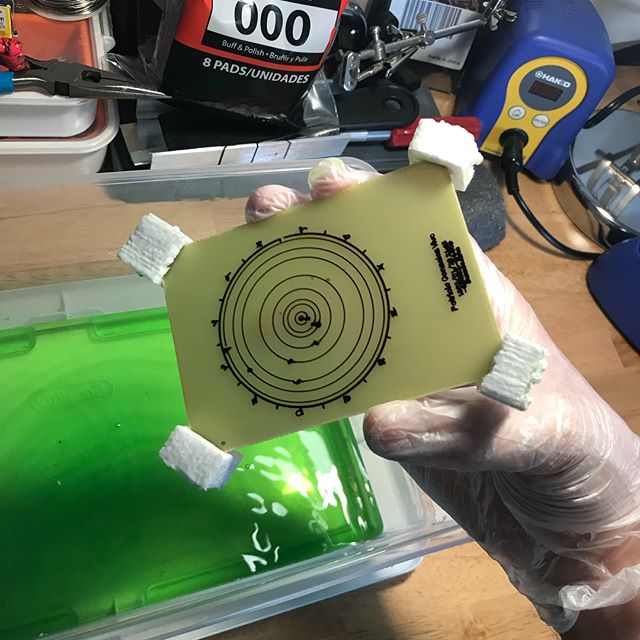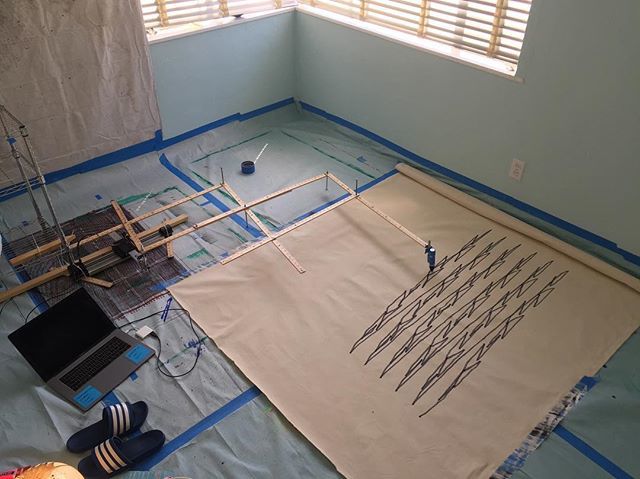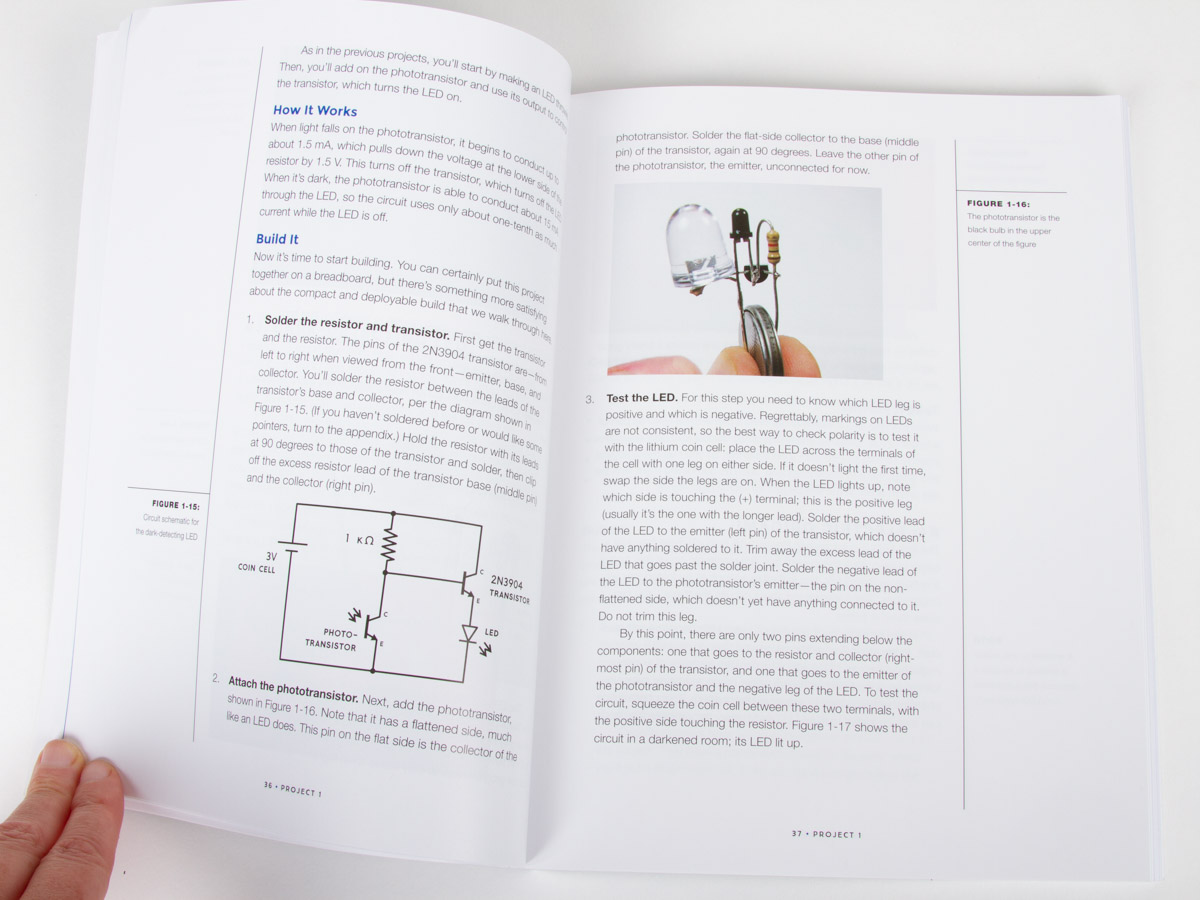
I’ve been meaning to post a review of Tips and Tales from the Workshop by our friend Gareth Branwyn, but every time I start, I get distracted by the book itself. I keep flipping through and learning new things or being reminded of tricks I once knew.
The subtitle A Handy Reference for Makers is spot on. I imagine that if you’ve worked in a particular kind of workshop all of your life, you already know pretty much all the tricks for your field. What’s great about Gareth’s book is that he sought out tips from those life-long workshop inhabitants and shared them with dabblers like me who like to try all the things or who haven’t had the opportunity to spend the years it takes to amass that knowledge.
One of my favorite tips comes just after the forward in the “Tips credits” where Gareth lists people he gleaned these from.
All of these people are amazing makers and almost all of them have websites and YouTube channels. Do a search. Having all of these people on your radar will yield an ongoing and inspired feed of great shop tips, techniques, and project ideas.
I was tickled to see a bunch of friends names in the list (including our very own Windell) but also pleased to see new names to go seek out for inspiration.

As for the book itself, the illustrations are wonderful, and the organization into types of tasks totally makes sense. When a tool is mentioned, the discussion often delves into details of how the tool works and why it’s designed the way it is.
It is all good stuff, including the quality of the book. I love the way a freshly printed book smells, and the paper used for this is a pleasant weight with a smooth, almost glossy finish.
Thank you, Gareth! This book is a gem!



















